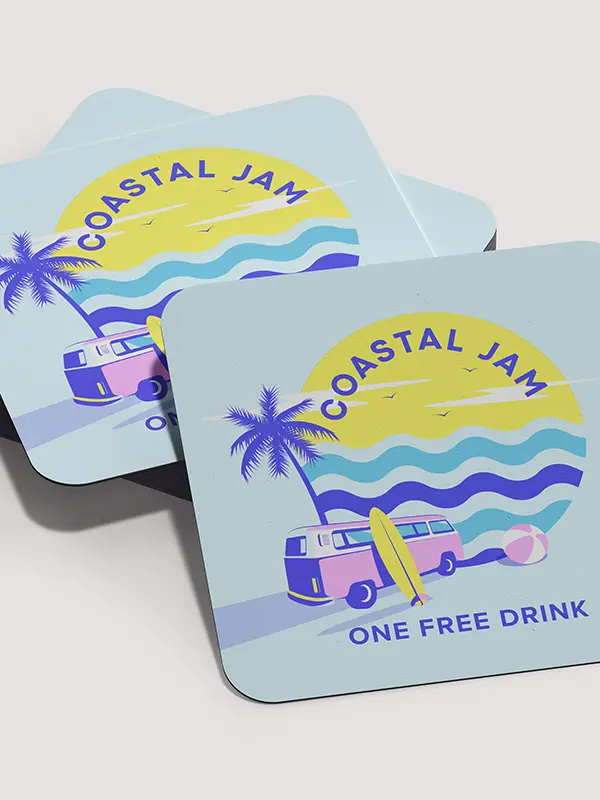The impact of website design on conversion rates
The Impact of Website Design on Conversion Rates
One of the most important web design principles is knowing how to create a conversion-focused web design. By knowing how to design a website that converts, you’ll see significant improvements in your business and you’ll have a better chance of reaching your goals. But before you can achieve this, it’s important to understand what website conversions are, and how following certain design principles can impact your website conversions.
What are website conversions?
A website conversion is when a visitor executes a desired action on your website. A conversion could include many things, such as subscribing to a newsletter, buying a product online, clicking an affiliate link, signing up for a demo, etc. Based on your goals, conversions could be all of these or just one of them. It all depends on what you want your visitors to do on your website and what you consider a successful conversion.
Why is design important for website conversion rate optimisation?
Creating a conversion-focused web design is the key to increasing your website’s conversion rate. But how exactly does it do this?
Well, put yourself in the consumer’s shoes. If a website loads too slowly, has a confusing layout, or it’s hard to reach specific pages, would you want to continue using it? Odds are, you’d exit right away. When you don’t design your website with a convenient, user-friendly interface that offers a positive user experience, you can negatively affect your conversion rates. On the other hand, when your customers enjoy navigating your website, they’re more likely to convert and even return. That’s why partaking in website conversion rate optimisation strategies secure more chances of getting conversions from your audience.
Knowing how to design a website that converts
Now that you know the importance of website conversion rate optimisation via a conversion-focused web design, how exactly do you design and create your brand’s website with that in mind?
Here are some of the best practices you can follow:
- Keep it simple and straightforward – A website doesn’t have to be overcomplicated to navigate. In fact, your visitors are more likely to exit if they find things too cluttered and confusing. Make sure each page is easy to find and accessible so they don’t need to click too much. You can do this by having a navigation menu so they can simply hover and click where they want to go.
- Write with conversions in mind – The key to convincing people to convert is by writing in a way that makes them convert. This can be done by having a clear call-to-action, keeping instructions simple and easy to follow, appealing to your visitors’ pain points, and positioning why the desired action can address their pain points.
- Make your design visually appealing – Whether through a palatable colour scheme, a theme that matches your brand, or high-quality images and videos, visuals can make the difference between people staying or leaving your website. They’re less likely to stay if a website doesn’t look good or professional. Having a beautiful website establishes your branding and also your credibility.
- Optimise website speed – Customers tend to be impatient and exit your website if it doesn’t load in a few seconds. Knowing how to improve your website loading speed can prevent your visitors from doing this, increasing their chances of converting.
Beyond these essential tips, you can stay updated on the latest web development trends to ensure you still apply practical web design principles to your web projects. If you need web design services in Australia, look no further than No Standing! Our team has the technical expertise and eye for design to create a great website that converts. Contact us now, and let’s get started on your new web project!








Leave a Reply